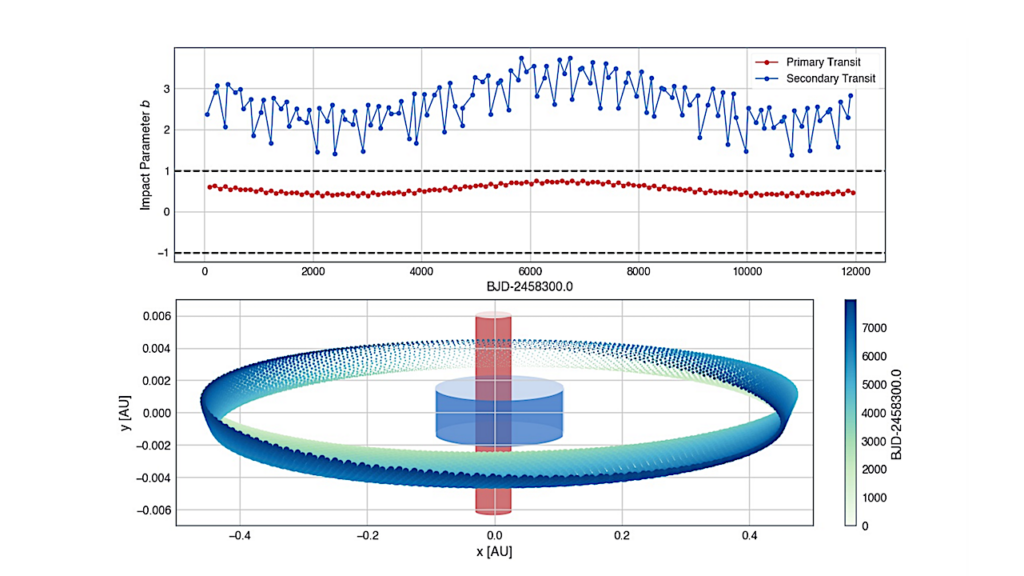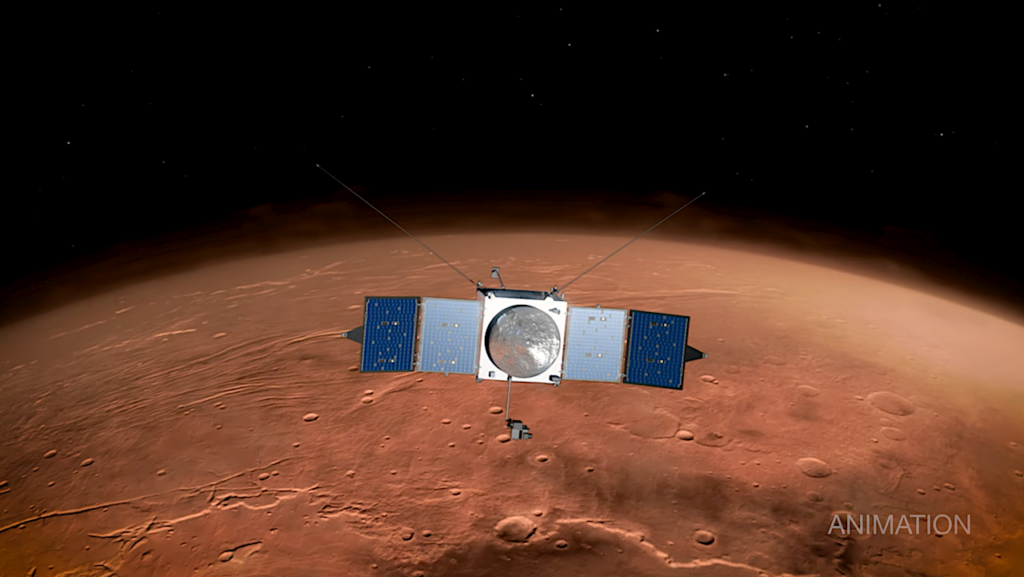Origin Of Life Molecules In The Atmosphere After Big Impacts On The Early Earth

The origin of life on Earth would benefit from a prebiotic atmosphere that produced nitriles, like HCN, which enable ribonucleotide synthesis. However, geochemical evidence suggests that Hadean air was relatively oxidizing with negligible photochemical production of prebiotic molecules.
These paradoxes are resolved by iron-rich asteroid impacts that transiently reduced the entire atmosphere, allowing nitriles to form in subsequent photochemistry. Here, we investigate impact-generated reducing atmospheres using new time-dependent, coupled atmospheric chemistry and climate models, which account for gas-phase reactions and surface-catalysis. The resulting H2-, CH4- and NH3-rich atmospheres persist for millions of years, until hydrogen escapes to space. HCN and HCCCN production and rainout to the surface can reach 109 molecules cm−2 s−1 in hazy atmospheres with a mole ratio of CH4/CO2>0.1. Smaller CH4/CO2 ratios produce HCN rainout rates <105 molecules cm−2 s−1, and negligible HCCCN.
The minimum impactor mass that creates atmospheric CH4/CO2>0.1 is 4×1020 to 5×1021 kg (570 to 1330 km diameter), depending on how efficiently iron reacts with a steam atmosphere, the extent of atmospheric equilibration with an impact-induced melt pond, and the surface area of nickel that catalyzes CH4 production.
Alternatively, if steam permeates and deeply oxidizes crust, impactors ∼1020 kg could be effective. Atmospheres with copious nitriles have >360 K surface temperatures, perhaps posing a challenge for RNA longevity, although cloud albedo can produce cooler climates. Regardless, post-impact cyanide can be stockpiled and used in prebiotic schemes after hydrogen has escaped to space.
Nicholas F. Wogan, David C. Catling, Kevin J. Zahnle, Roxana Lupu
Comments: Accepted by Planetary Science Journal on 7/4/23
Subjects: Earth and Planetary Astrophysics (astro-ph.EP)
Cite as: arXiv:2307.09761 [astro-ph.EP] (or arXiv:2307.09761v1 [astro-ph.EP] for this version)
Submission history
From: Nicholas Wogan
[v1] Wed, 19 Jul 2023 05:44:10 UTC (763 KB)
https://arxiv.org/abs/2307.09761
Astrobiology








